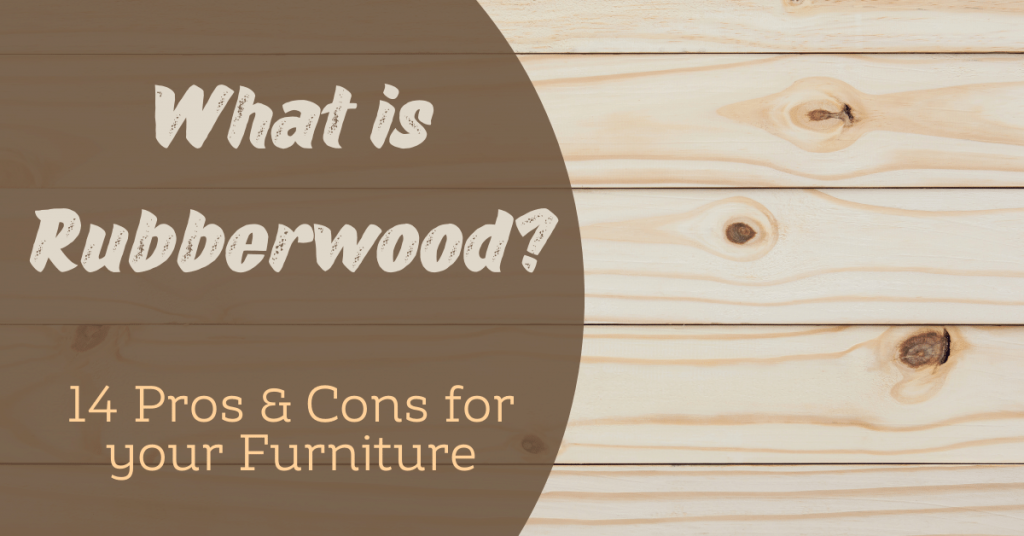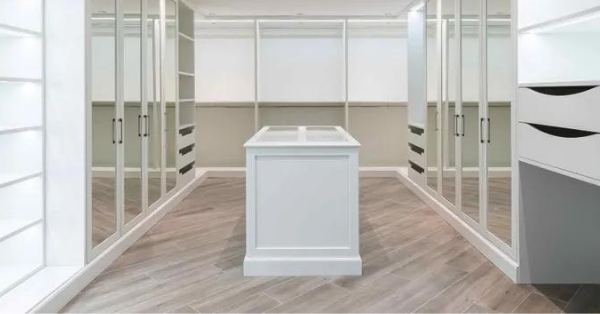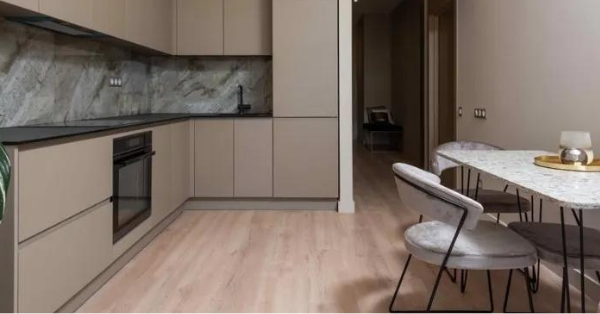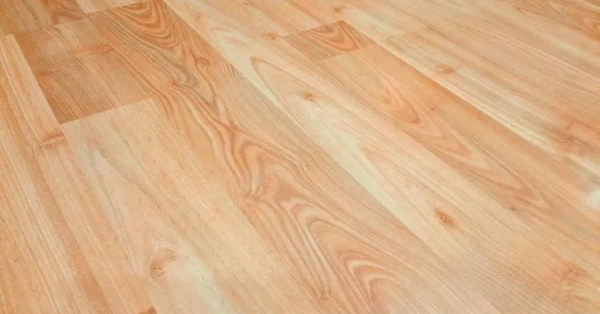Rubberwood is a funny name and conjures up an image quite different from the reality. It is definitely not wood that is bendable or made of rubber. It does not function like rubber either and is very much like wood.**
In fact, this wood gets its name from the Para rubber tree, also known as the Hevea brasiliensis.

HOW IS RUBBERWOOD MADE?

The tree produces a material called latex, which is what needs to be drained out of the tree before the bark can be harvested for production. Shockingly, it can take up to twenty years for a tree to be fully sapped off of latex. As technology gets better, it is possible that the process could become faster.
While it is an interesting wood to harvest, where is it used and how good is it at its job? Here are 14 pros and cons we’ll be looking at!
PROS:

These pros are generally subjective and mostly rely on whether the rubberwood has been treated properly by chemicals. If chemical treated wood is something you don’t like, I might be able to change your mind about this one:
- Cost-effective: Money is one of the first things anyone asks about when it comes to investing in something. The wood is not the important part of the production as compared to the latex, so it is simply a left-over product. These trees need to be gotten rid of to make way for new trees. This makes it ridiculously cheap to get.
- Sustainable: Rubberwood is a wonderful alternative to all other types of wood. Increasing a demand for rubberwood can actually decrease deforestation by a long shot. It prevents other trees from being cut down, especially the trees that are more useful to the environment in comparison to a latex-less rubberwood tree.
- Durability: Being one of the mot resilient types of hardwood, seeing as how it belongs to the maple family. It is very stiff and has a strength of 9500 psi! Making outdoor furniture out of rubberwood ensures that you will never have to worry about damp, moldy, or bug infested wood.
- Workability: It is pretty easy to cut and smooth out for whatever purposes necessary. Despite its strength, it is easy to carve anything into it and leaves a wide range of possibilities.
- Availabilty: It is one of the most readily available type of wood on the market. Because it is also cheap, you could strike some good bargains on bulk-buying it. Rubberwood is usually grown in Asia and Africa but is usually so unnecessary to large corporations that they ship it out almost anywhere at all.
- Safety: Rubberwood is generally very inflammable and has some great insulation. While it may not easily catch fire, it is great at retaining room temperatures. Even if the wood does burn, it is generally non-toxic and easy to put out.
- Versitality: This wood can be used for almost anything at all. You could use rubberwood to make furniture, sure, but it is also strong enough to be made into floorboards. Most people even get window and door frames made out of rubberwood because of how resistant it is to termites.
CONS:

While the pros prove for rubberwood to be a good choice for most, it has to undergo intense chemical treatment which makes it so great. Here are some disadvantages to rubberwood if you purchase ones that have not undergone that chemical treatment.
- Small in Size: Sadly, rubberwood planks can be quite small in comparison to other wood types. This may limit the use of it in some ways. There are exceptions sometimes, but the sizes can vary due to availability.
- Staining: When not treated properly before being sold, rubberwood is very prone to stains. Should you spill anything on rubberwood and let it remain for too long, the particles of the stain will seep into the grain and remain there. A good buffing could do the trick, but not without losing a few millimeters on the wood.
- Latex allergies: It is always to touch the wood you buy. Latex allergies, although not common, do exist and can be harsh on the skin. It would be awful to install rubberwood furniture in your home only to suffer because of it.
- Swelling: If untreated by chemical, the water it absorbs will cause the wood to warp and swell. It is very dificult to salvage wood in this state which is why you must ensure the furniture you buy is made of rubberwood that has been treated properly.
- Prone to Decay: Untreated rubberwood is extremely prone to mold and decay. It is ridiculously biodegradeable which makes it so susceptible to being broken down, especially by mites.
- Texture: While the texture is fine, spilling something like water on the wood will cause it to become slippery. It is an odd reaction, but one that is very unwelcome and unpleasant to the touch.
- Denting: Rubberwood is moderately hard, but not as hard as other wood type which makes it very prone to denting. Funnily enough, you only need to iron the dent over a towel in order to fix it, which is easier than what we can say about other wood types.
CONCLUSION
And there we have it. We have discussed some of the pros which are: cost-efficient, durable, sustainable, workability, availability, safety, and versitality . The cons include: **small size, staining, latex allergies, swelling, prone to deacy, texture, and denting**.
I hope this article was of good use to you and you know which option is best for your home renovation needs!
To know about other types of wood, check out our post about cedar wood here !
